
Coverage for Jewelry
A personal articles floater provides coverage for possessions with higher monetary values like:
- Jewelry
- Cameras
- China and Crystal
- Firearms
- Golf Equipment
- Personal Computers
- Silverware
- Works of Fine Art
Why should I consider a Personal Articles Floater?
Benefit 1: A Personal Articles Floater will provide higher limits on your valuable items.
A Personal Articles Floater provides much higher limits than a standard homeowners policy. Claims are usually handled one of two ways:
- The insurance company will pay the amount to repair or replace the item.
- The insurance company will use an “Agreed Value” limit for the item. This means that, in the event of a covered claim, your insurance company will simply just pay you the amount listed on the policy.
An Agreed Value limit is great when you’re insuring items like jewelry and other unique items because it means if you suffer a loss on a covered item, you will not have to negotiate a settlement price with the insurance company.
Keep in mind, though, that in order to have an Agreed Value limit on your policy on valuable items like jewelry, you may need to provide a copy of a current appraisal on the item.
Benefit 2: A Personal Articles Floater can actually provide additional coverage.
A standard homeowners policy does not include some insurance coverages that are very important for rare or valuable items.
For example, a Personal Articles Floater may include coverage for “mysterious disappearance” or losses due to “breakage.” This means if you misplace a valuable piece of jewelry or accidentally break a fragile piece of art you will have insurance coverage for both instances.
Benefit 3: Coverage for a Personal Articles Floater can be expanded worldwide.
Your homeowners policy will typically only cover items located on the premises listed on the policy. However, with a Personal Articles Floater you can rest easy knowing your items are protected, wherever they may be.
For example. if you lost a piece of jewelry while on vacation, your Personal Articles Floater policy would pay for a replacement.
Benefit 4: Most Personal Articles Floaters do not have a deductible.
A standard insurance policy will usually include a $500 to $1,000 deductible. A Personal Articles Floater is different; many of them actually remove the deductible.
This a great feature because it means any claims filed won’t result in out-of-pocket expenses.
Some Tips when Adding this Coverage
- Make sure to keep a detailed list of the items listed on the policy, including copies of the appraisals.
- Photograph each piece of your collection and store the photos in a safe place. This will make it easy to list each item on you claim report if your entire collection is stolen or damaged.
- If you have a number of high value items, it may be in your best interest to store them in a safe deposit box or install a security system in your home. Doing so will help discount the premiums on your policy as well.
- If you have something rare or unique not listed in the standard items above it may still be eligible for coverage. Speak with your agent to find out what coverage options are available to you.
How Much Does the Coverage Cost?
Now the big question, right? How much is this type of policy going to set me back?
The fact is Personal Article Floaters are actually much cheaper than you think given the coverage they provide. The increased cost can be anywhere from $20 to $2,000 annually, depending upon the type of items insured and their associated value.
*The above information is to be used as guidance only, and should not be considered as definite in any particular case. Every policy is different and you need to read through your policy and consult with your agent to best determine how your coverage will respond. Within this article we simply cannot analyze every possible loss exposure and exception to the general guidelines above.


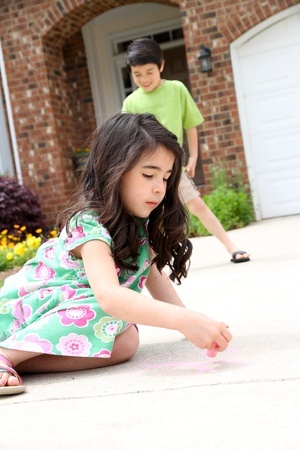

 Have you created health care proxies for all adults in your household?
Have you created health care proxies for all adults in your household?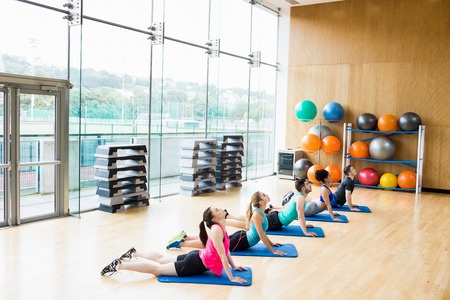
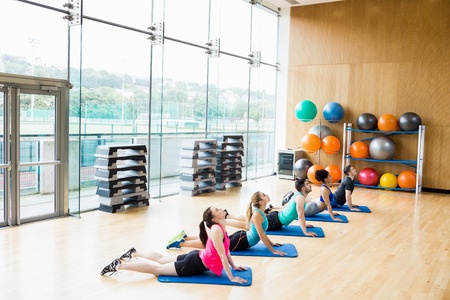 Regular exercise has an array of health benefits. But for many, going to a gym, running, or biking aren’t great options. Here are three other ways to get in shape:
Regular exercise has an array of health benefits. But for many, going to a gym, running, or biking aren’t great options. Here are three other ways to get in shape:
 Are mornings hectic around your house? A bit of planning the night before can help things go a lot more smoothy each morning.
Are mornings hectic around your house? A bit of planning the night before can help things go a lot more smoothy each morning.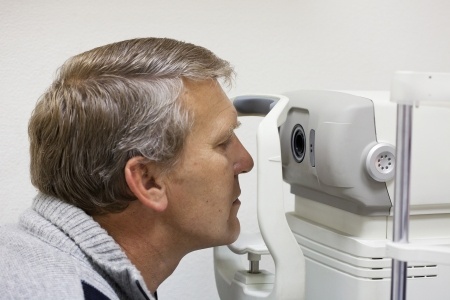
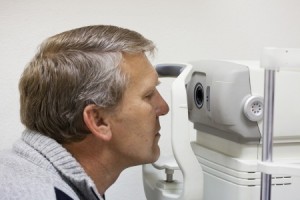 How often should you and your family have an eye exam?
How often should you and your family have an eye exam?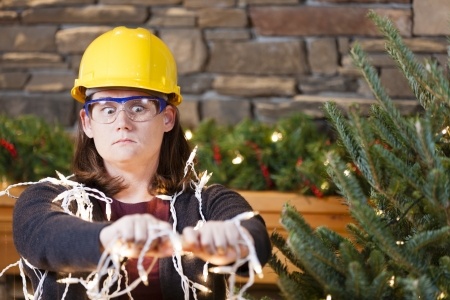
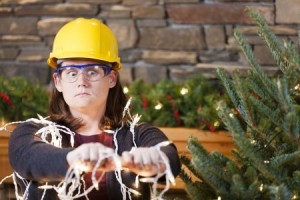
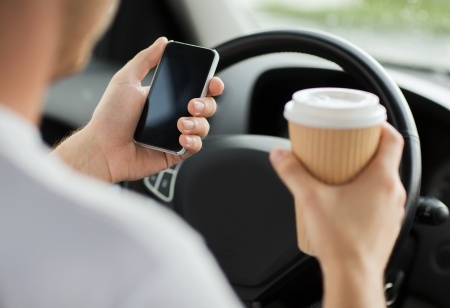
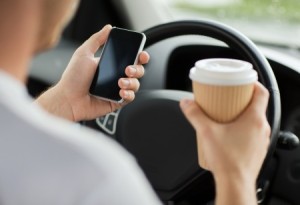 When someone mentions “distracted driving,” what do you think about? Most likely, it’s texting while driving. It’s a major cause of car accidents. But did you know that texting isn’t the only dangerous activity you can take part in while you’re driving?
When someone mentions “distracted driving,” what do you think about? Most likely, it’s texting while driving. It’s a major cause of car accidents. But did you know that texting isn’t the only dangerous activity you can take part in while you’re driving?
 Open enrollment season is officially here! While you have until January 31 to purchase health insurance coverage during open enrollment, if you want your coverage to take effect on the first day of the new year, you need to act fast.
Open enrollment season is officially here! While you have until January 31 to purchase health insurance coverage during open enrollment, if you want your coverage to take effect on the first day of the new year, you need to act fast.



